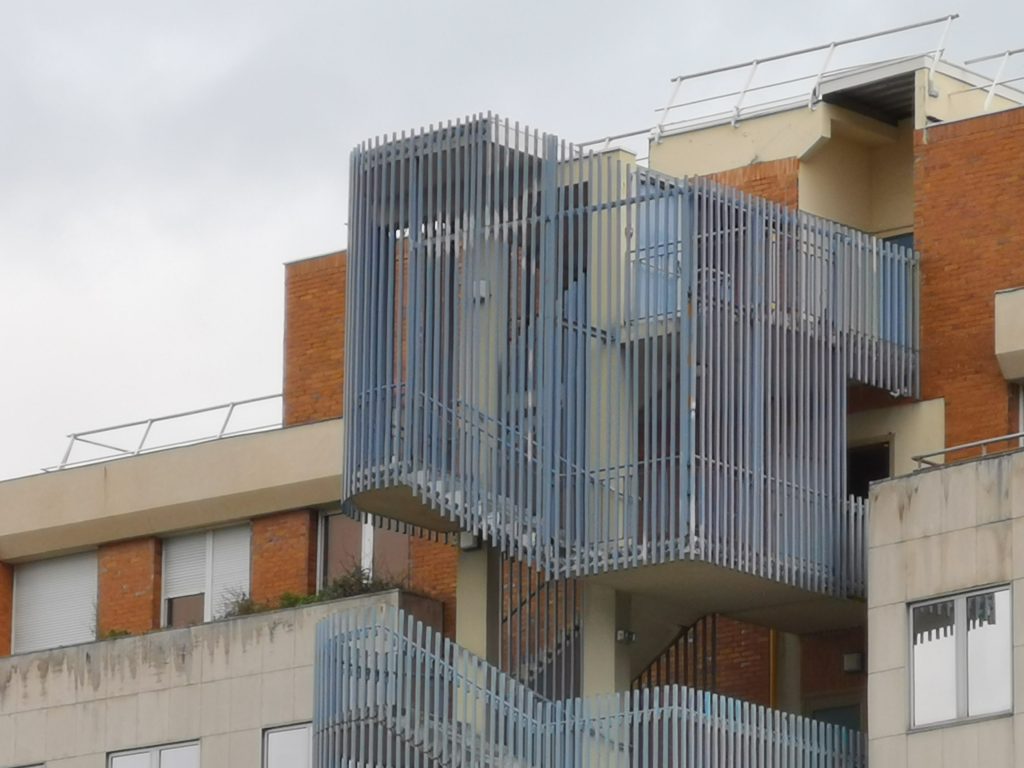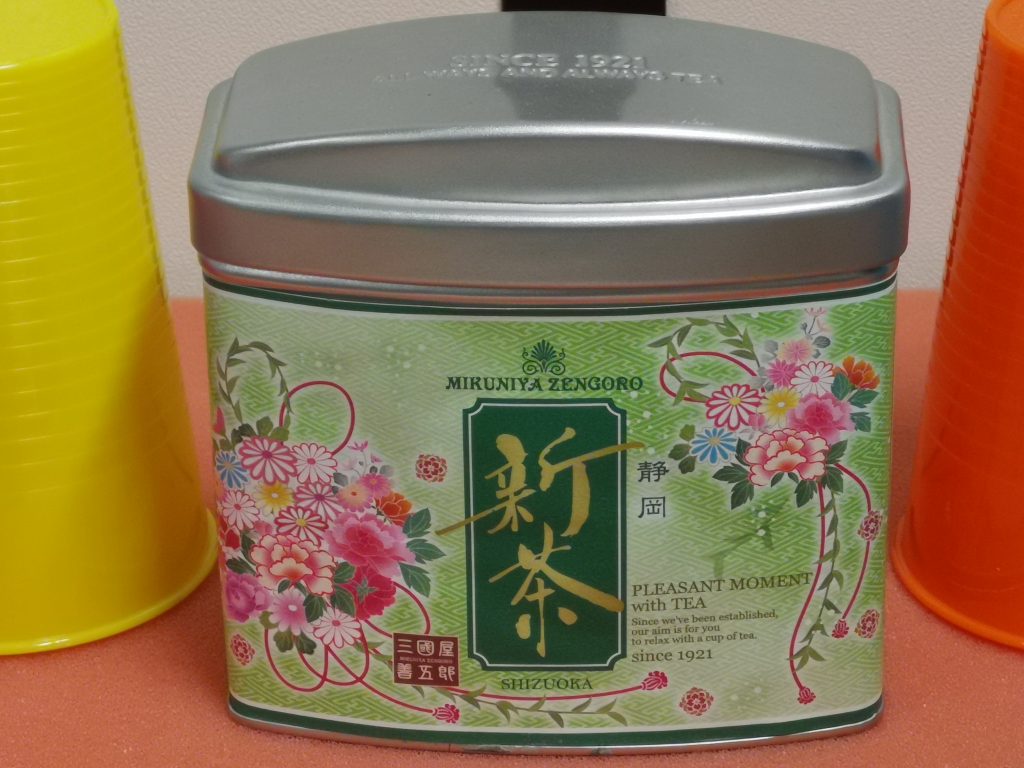Released in November 2018, the Huawei Mate 20 X is a super-sized smartphone, boasting a massive 7.2-inch OLED display with 1080 x 2244 pixel resolution. Sitting below the Mate 20 Pro in the Huawei lineup, the 20 X version drops a couple of features compared to its stablemate, but still packs plenty of processing power with its high-end Kirin 980 chipset and 6GB of RAM. The large screen and fast processing make it a good choice for smartphone gaming enthusiasts, or for watching movies on the go, but there’s plenty on offer for photographers, too.
Implementing the same triple-camera setup as the Mate 20 Pro, the Mate 20 X offers dedicated cameras for wide, ultra-wide, and telephoto shots. The primary camera utilizes a 40MP 1/1.7-inch Quad-Bayer sensor with 10MP final output, coupled to an f/1.8-aperture lens. The tele-camera is built around an 8MP 1/4-inch sensor, with upscaled 10MP image output. Its 80mm-equivalent f/2.4-aperture lens provides 3x optical zoom with optical image stabilization (OIS). Finally, there’s a 20MP 1/2.7-inch sensor coupled to a 16mm-equivalent f/2.2-aperture lens for ultra-wide-angle shots.
Other photography features include PDAF with laser assist autofocus on all three cameras, dual-LED & dual-tone flash, and HDR processing. For video, the Mate 20 X captures 4K footage at 30 frames per second. If you want stabilized video, however, you need to drop the resolution to Full HD to enable the gyroscope-based electronic image stabilization (EIS) system, which is the mode that achieves the best results overall (and is therefore the mode we tested to obtain the Mate 20 X’s Video score).
Key camera specifications:
- Triple-camera setup
- Primary: 40MP 1/1.7-inch quad-sensor (10MP output) with 27mm-equivalent f/1.8-aperture lens
- Tele: 8MP 1/4-inch sensor (10MP output) with 80mm-equivalent f/2.4-aperture lens with OIS
- Ultra-wide: 20MP 1/2.7-inch sensor with 16mm-equivalent f/2.2-aperture lens
- PDAF and laser assist autofocus
- 4K video, 2160p/30fps (1080p/30fps with gyro-EIS)
About DXOMARK Camera tests: For scoring and analysis in our smartphone camera reviews, DXOMARK engineers capture and evaluate over 1600 test images and more than 2 hours of video both in controlled lab environments and in natural indoor and outdoor scenes, using the camera’s default settings. This article is designed to highlight the most important results of our testing. For more information about the DXOMARK Camera test protocol, click here. More details on how we score smartphone cameras are available here.
Test summary of the Huawei Mate 20 X


With an impressive overall DXOMARK Camera score of 111, the Huawei Mate 20 X ranks in the top 20 of our database of smartphone image quality, just one point behind the Huawei Mate 20 Pro at 112. Boasting very similar camera hardware, both devices achieve comparable scores across our range of test categories, and aside from some minor differences in the artifacts, zoom, and night scores, we can say that they offer essentially comparable image quality.
Key strengths for the Mate 20 X are consistently accurate exposures in all lighting conditions, and fairly wide dynamic range when capturing bright or high-contrast scenes. Color rendering is also very pleasant, with nice saturation, and mostly accurate white balance both outdoors and under artificial light sources indoors. The PDAF and laser assist autofocus is also excellent, consistently delivering in-focus shots in all lighting conditions, with fast response times both in the lab and when shooting natural test scenes.
The texture-versus-noise trade-off is well controlled, and especially so when using the main camera with its Quad-Bayer sensor. Noise is particularly low in indoor and night images, and detail remains very acceptable when viewing images on the device’s screen. A noticeable loss of fine detail is evident when viewing images at large scale, however, which should be a consideration for smartphone photographers after high quality or large-scale prints.
At 16mm, the ultra-wide camera doesn’t offer as large a field of view compared to some competitors (which go as wide as 12mm), but it is certainly useful for wider landscape and architectural shots. Outdoors, ultra-wide images display the same good exposure and pleasant color rendering as the main camera. A few artifacts are visible, including a loss of sharpness towards the corners, some color fringing, and cyan shift in skies, but they’re not overly problematic. Indoors, color reproduction isn’t quite as accurate, so expect to see the odd color cast, but it’s a minor quibble about an otherwise effective ultra-wide shooter.
For low-light photography, the Mate 20 X performed well in our series of night photography tests, although there are areas for improvement. In auto-flash mode, the triggering of the flash can be a little inconsistent, but when it does fire, portraits are well exposed and detail is good. Exposure and color are generally accurate in low-light cityscapes, too; and although slight underexposure can lead to clipping in darker areas, highlights are well preserved. Using the dedicated Night mode enhances highlight detail further, but again at the expense of some underexposure, which is particularly evident when shooting portraits in Night mode. This said, noise is also well managed generally, and detail is pretty good in night shots.
The 3x optical tele-lens ensures good detail in close- and medium-range zoom shots, especially outdoors. Exposure using zoom is generally good, too, but color rendering could be improved, as images often show flat or inaccurate colors. Overall, the Mate 20 X isn’t quite as good as the Mate 20 Pro for zoom indoors, with strong chromatic noise often visible in both indoor and low-light zoom shots, resulting in a slightly lower zoom score.
In Portrait mode, the Mate 20 X achieves the same Bokeh score as the Mate 20 Pro, and although it’s not perfect, it does a pretty good job. The depth-of-field effect, or background blur, is strong but pleasant, with a nice shape to the spotlights and a natural blur gradient effect both in front of and behind the subject. Repeatability is also good, so the effect is consistently applied. In complex scenes with intricate backgrounds or when the subject is holding up a splayed hand (for example), depth estimation artifacts are often visible; but the main drawback is low detail, with portraits in all conditions looking noticeably soft.
Tested at 1080p resolution at 30fps with gyro-EIS enabled, the device achieved a Video score of 97. That again places it within the top 20 in our database, matching the score of the Mate 20 Pro. Exposures are generally very good, with wide dynamic range in most tested conditions; and colors are pleasant, usually with accurate white balance. Exposure and white balance adaptation is also particularly smooth under changing lighting conditions.
The fast and accurate autofocus is again a key strength for video on the Mate 20 X, and autofocus tracking is excellent. The gyro-EIS stabilization is also fairly effective for static handheld movies, but some fine tuning would help to reduce the high-frequency motions that are visible in walking videos, particularly indoors. Noise is well controlled, too; and aside from some slightly noisy edges, there aren’t too many complaints here—but again, fine details are lost in all conditions.
Conclusion
Aimed primarily at smartphone gamers and movie buffs, the massive 7.2-inch screen and fast processing engine are key selling points for the Huawei Mate 20 X. If photography is also an important factor, however, you can be confident of shooting some great images with Huawei’s super-sized smartphone. Its triple-camera setup ensures good results for ultra-wide and zoom shots, and the main camera’s Quad-Bayer sensor delivers excellent exposures in all lighting conditions. Some improvements to soft bokeh shots, a reduction in noise when using zoom indoors, and enhancing fine details across the board would help improve the device’s score further, however. Those issues aside, the Huawei Mate 20 X remains a very capable device for smartphone photography enthusiasts.
Photo
Pros
- Accurate exposure with wide dynamic range
- Low noise in night shots
- Pleasant color rendering and accurate white balance
- Excellent autofocus
- High detail in zoom shots
- Good ultra-wide-angle camera
Cons
- Fine details often lost
- Limited dynamic range in high-contrast scenes
- Strong chroma noise in indoor zoom shots
- Low detail in bokeh images
- Ringing often visible
Video
Pros
- Excellent autofocus with good tracking
- Effective stabilization in static videos
- Pleasant color rendering and accurate white balance
- Well-controlled noise, especially outdoors
- Smooth exposure adaptation
- Accurate exposure with wide dynamic range
Cons
- Stabilization errors in indoor walking videos
- Fine details often lost
- Judder effect visible
- Noisy edges visible
Please also have a look at our Huawei Mate 20 X gallery below. It includes images that our experts shot in a variety of situations and shooting modes for you to view and examine.








































DXOMARK encourages its readers to share comments on the articles. To read or post comments, Disqus cookies are required. Change your Cookies Preferences and read more about our Comment Policy.